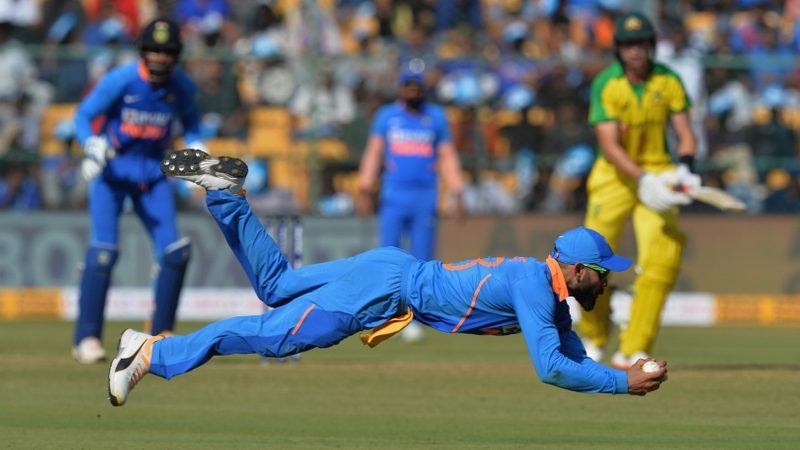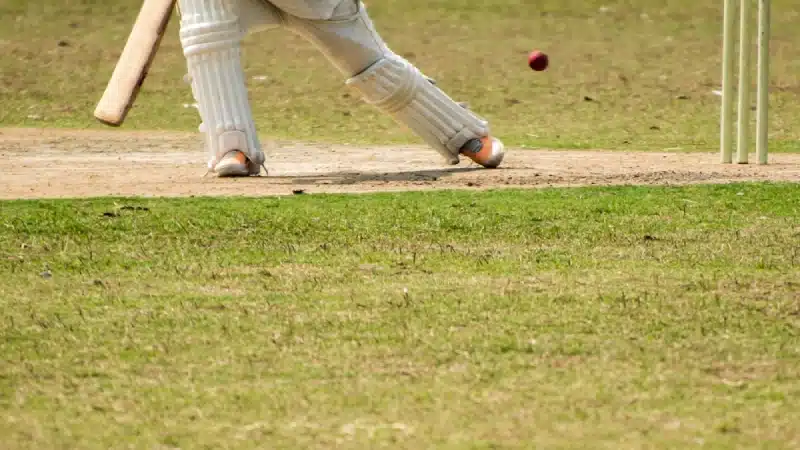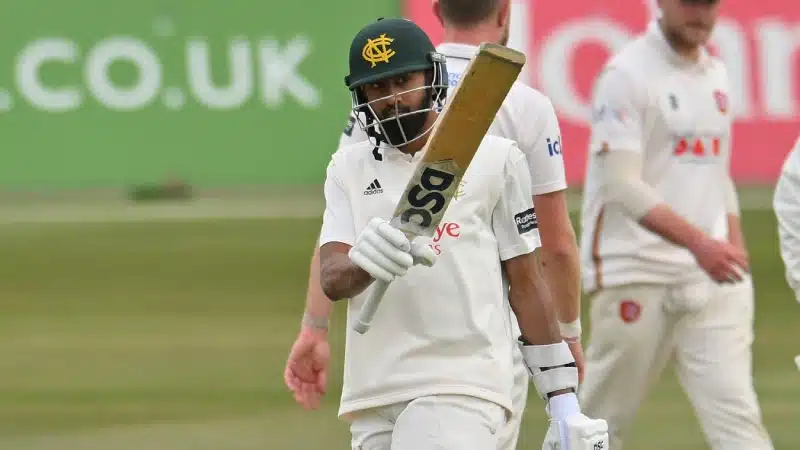
India and Australia are two of the most dominant One Day International sides in the last decade and the bilateral ODIs between these teams have sparked a lot of interest. While these teams met earlier this year in a short ODI series, a lot has changed since with the beginning of the new cycle of ODIs under the Cricket World Cup Super League.
Context
The Super League adds context to meaningless bilateral ODIs and since the England - Ireland series earlier this year, every ODI played has come under the World Cup Super League which builds up to the 2023 ODI World Cup. Aside from the 12 full member countries, a 13th team that qualified via the World Cricket League Championship (Netherlands) contest this World Cup Super League between 2020 and 2022.
The top 12 remain intact for the next cycle while the 13th team is relegated and replaced by the champions from the World Cricket League Championship.
For the 2023 World Cup, India (hosts) and the seven best sides from the Super League qualify automatically. The remaining five teams play the qualifiers alongside five Associate sides and the top two go through to the main tournament.
This series will mark the beginning of India and Australia's World Cup Super League campaign.
Recent history
India and Australia have contested in five bilateral ODI series since the 2015 World Cup with India winning thrice and Australia twice. In the last three ODI series between these sides, India hold the advantage with a 2-1 win-loss ratio. This includes a 2-1 series win in early 2019 in Australia shortly after they won the Test series there.
Shortly afterwards in India, though, Australia emerged victorious with a 3-2 win despite the challenging sub-continental conditions. Earlier this year in India, these teams played again and India won the series 2-1.
Recent results in Australia
2019
India beat Australia by 36 runs
India beat Australia by 6 wickets
Australia beat India by 34 runs
Team analysis
India named a strong ODI team for the series in Australia in the midst of the Indian T20 League in UAE. Mayank Agarwal and Shubman Gill come in with Rohit Sharma missing this series. Alongside Shikhar Dhawan, they form two other opening options.
Sanju Samson is the reserve wicket-keeper with KL Rahul assuming full-time duties after a shift to the middle order. Shreyas Iyer and Hardik Pandey also form the middle-order that does not have Rishabh Pant.
The bowling core remains strong with Jasprit Bumrah, Mohammed Shami, Navdeep Saini and Shardul Thakur in the pace-bowling group. Yuzvendra Chahal, Ravindra Jadeja and Kuldeep Yadav are the spinners.
Australia named a combined ODI and T20I squad for the series. Daniel Sams, Cameron Green and Sean Abbott make it to the side while Moises Henriques was recalled. Australia have quite a few pace bowling all-rounders and a strong batting core for this series.
Marnus Labuschagne, Steven Smith and Marcus Stoinis alongside wicket-keeper Alex Carey are middle-order options although there are a few fair others waiting on the bench. Matthew Wade will be the reserve keeper.
Milestones to keep an eye on
- Virat Kohli is on the cusp of becoming the 6th player to 12,000 ODI runs. He currently has 11,867 runs and needs another 133 runs to get to the landmark.
- Yuzvendra Chahal is on 91 wickets and needs just nine more wickets to reach 100 ODI wickets.
- Aaron Finch, who needs 17 runs to get to 5000 ODI runs, is the highest run-scorer in ODIs in 2020 with 424 runs at an average of 47.11.
- Adam Zampa has 20 ODI wickets in 2020, the most by any player.
Feature image courtesy: AFP / Manjunath Kiran




















